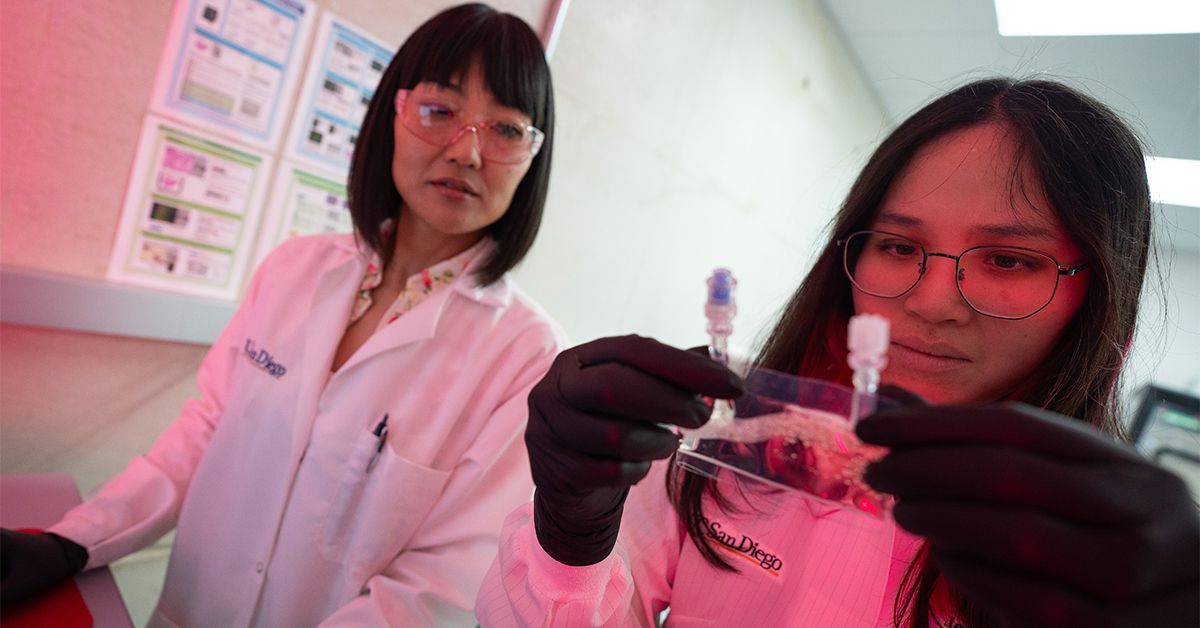2025-06-12 カナダ・ブリティッシュコロンビア大学(UBC)

Image credit: Milad Fakurian via Unsplash
<関連情報>
- https://news.ubc.ca/2025/06/new-proposal-aims-to-protect-patients-with-high-risk-brain-implants/
- https://www.science.org/doi/10.1126/science.adt8110
高リスク神経デバイスの責任フレームワーク 無過失補償制度はイノベーションと患者保護のバランスをとるのに役立つかもしれない A liability framework for high-risk neural devices A no-fault compensation scheme may help balance innovation and patient protection
A. Rotenberg, M. Gunning, R. Magistro Nadler, Z. H. T. Kiss, and J. Illes
Science Published:12 Jun 2025
DOI:https://doi.org/10.1126/science.adt8110
Abstract
High-risk medical devices are integral to modern health care, but unexpected adverse events from performance failures or malfunctions may leave patients irreversibly harmed. Consumers in the US who incur injuries from products can ordinarily seek relief under the product liability laws of their state. However, a 2008 US Supreme Court decision against patient complainants restricted this legal pathway, raising concerns of patient abandonment. With the emergence of implantable brain-computer interfaces (iBCIs) exposing vulnerable patients to a new suite of unknowns and potential physical and neurocognitive impacts, policy-makers must revisit the commitment to justice at the forefront of innovation. Focusing on the case example of intracranial neurotechnology, we describe a no-fault compensation scheme that may offer relief to injured patients in the US. Its potential advantages may also hold relevance in countries where civil litigation remains the only pathway to patient recourse.


